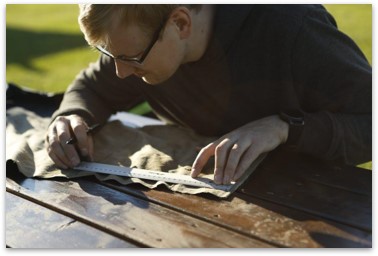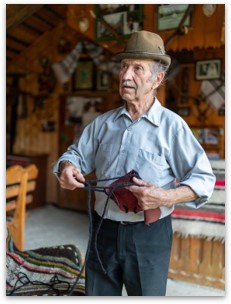Topic 2 Imagery – How to use it


The vital importance of rural territories to society must be recognized, its image and perception among urban populations and decision-makers must be improved, with a deconstruction of stereotypes.
Consultation activities for the long-term Vision – Actions for stronger rural areas
We communicate ideas about the world through language and the images we choose to use.
A piece of communication is discriminatory if the people within the images are only depicted in stereotypical ways. Therefore, focusing on people’s experiences is crucial to directly using the imagery in social media.
Potential followers want to hear a story, see people’s faces as they grapple with real events, and empathically connect with them.

The idea that cities have grown apart from the surrounding areas has become a dominant trend in modern political thought. But the division ‘progressive city – conservative countryside’ is now outdated.
We started «communicating the rural» to explore the value of natural and cultural heritage in aesthetic terms and as an expression of the relationships that characterize our territory and as a shared asset of the community, to be preserved and improved.
The intended use of images paves the way for a change in personal and collective learning with innovation as its long-term vision.
For rural youth to remain in rural areas, these areas must be attractive enough and provide the right skills and opportunities for them to progress.
So, what can be done to establish a positive image of rural areas?
Youth-targeted communication, personally delivered by charismatic communicators from rural areas, can be very effective, as one of the most famous vloggers from Finland, Joona Hellman, outlined.
For effective communication to/by young people, seven success factors and elements of transferability were identified:
- Active participation – which can be a transferable element using peer-to-peer mentoring.
- Youth language – to avoid institutional jargon and let youth speak to youth.
- Intergenerational links – to include a youth perspective into the European Youth Portal work and other vital institutions.
- Connectivity goes beyond ‘broadband access’: face-to-face meetings, events, and festivals.
- Enabling environment and Bottom-up approach – young people need help to travel to reach major cities and the centers of power. Therefore, more flexible encounters and networking opportunities are required.
- Trust and confidence go two ways: youth must be trusted and adopt a “Let’s do it” attitude.
- Skills – Training youth in rural areas to effectively use communication channels is crucial. In many regions, youth organisations provide this kind of training.


